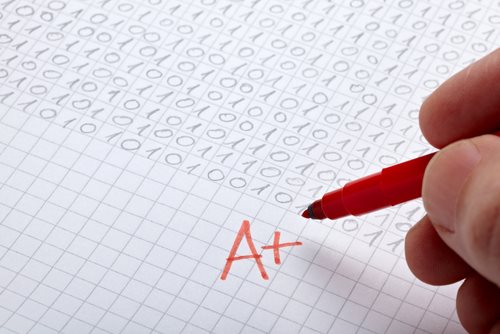
What is the Department of Education?
The United States Department of Education, also known as the ED, is a governmental organization and Cabinet-level department of the United States Federal Government.
The United States Department of Education, which was created by the Department of Education Organization Act and was signed into law by President Jimmy Carter on October 17, 1979—the United States Department of Education began to officially operate on May 16, 1980.
The Department of Education Organization Act officially divided the Department of Health, Education and Welfare into more segmented departments, including the Department of Education and the Department of Health and Human Services. When the modification was finalized, the Department of Education is administered by the United States Secretary of Education. Although the Department of Education is a full-functioning and funded governmental organization, it remains the smallest Cabinet-level department, with roughly 5,000 employees.
Functions of the Department of Education:
The most notable functions of the Department of Education, according to the organization’s mission statement, is to “establish policy for, administer and coordinate most federal assistance to education, collect raw data on schools in the United States and to enforce federal educational laws regarding privacy and civil rights.” The Department of Education, as a government body of the Federal Government, is not permitted nor attempts to, establish schools or colleges throughout the country.
Unlike the educational systems of other nations, education in the United States of America is decentralized (the school systems are funded and run on a local level). The federal government and its coordinating Department of Education, in the United States, is not primarily involved in determining educational standards or curricula—although this role has been augmented through the passing of the No Child Left Behind Act.
Following the passing of this legislation, the function of providing a curricula and establishing educational standards has been left to state and local school districts; if a local school system decides it needs aid in developing a curricula or funding, the federal government and more specifically the Department of Education, will act as an intermediary to bolster the school’s effectiveness. In general, however, the quality and effectiveness of an educational institution and their coordinating degrees is primarily maintained through an informal private process known as accreditation.
This process is implemented and maintained by the local school district itself; in accreditation, the Department of Education has no direct public jurisdictional control. In general, as a government body, the Department of Education aims to promote student achievement and the preparation for global competitiveness by fostering educational excellence and ensuring equal access. If you need legal advice and assistance, contact an education lawyer.


























